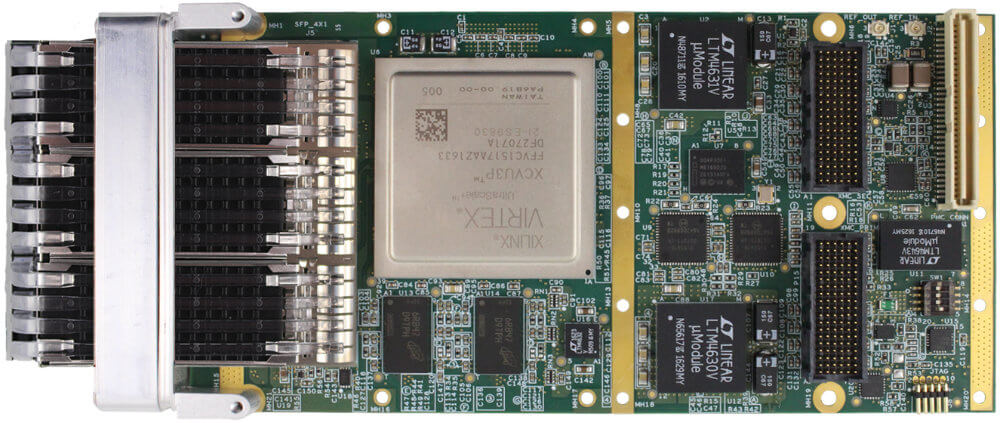What Are the Advantages of Using FPGAs?
One main advantage of FPGAs is their ability to be highly tailored to a specific application and later reprogrammed to meet new requirements. ASICs can also be tailored to specific applications, but development is costly and extremely time-consuming. FPGAs can provide the ability to develop special-purpose hardware more expeditiously without the cost associated with spinning an ASIC design.
Another major advantage of FPGAs is the ability to perform many data operations simultaneously. A general purpose processor normally does one task and moves on to the next. FPGAs allow you to process many tasks in parallel. This is especially useful and more efficient when handling large data sets. Sort, filter, and decimate operations are done more efficiently and allow the primary processors to focus on the signal processing algorithms. This saves on overall system power and resource consumption.
Finally, embedded network interface cards must be able to withstand rugged conditions such as extreme temperatures and vibration. FPGAs have an advantage over many standard commercial processors in that they are available in extended temperature and military-grade packages. In addition to the rugged package options, FPGAs are often supported over long lifespans. This long lifetime availability, coupled with their reliable nature makes them a top choice in military and aerospace applications that encounter extreme temperatures and conditions like high-altitude, shock, vibration, and salt corrosion.







